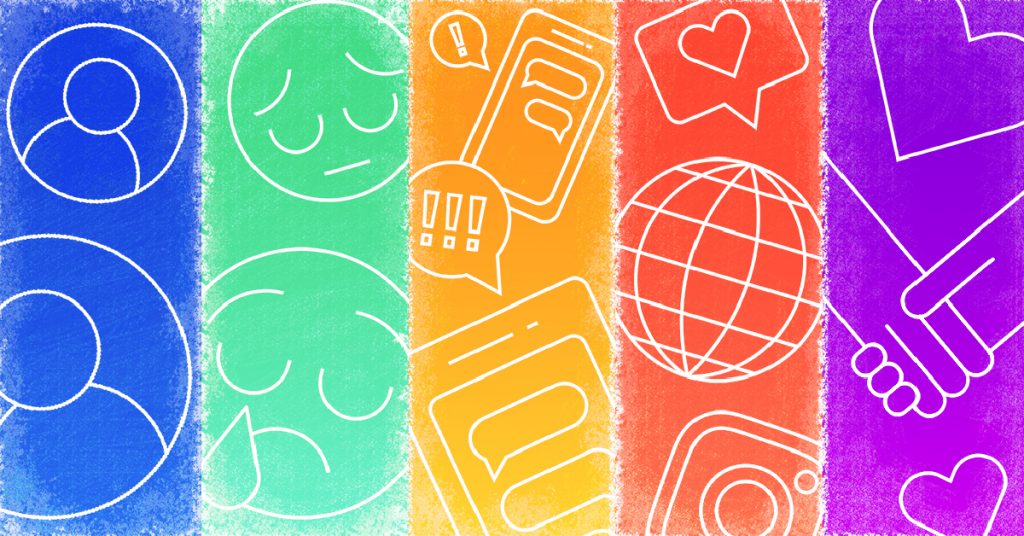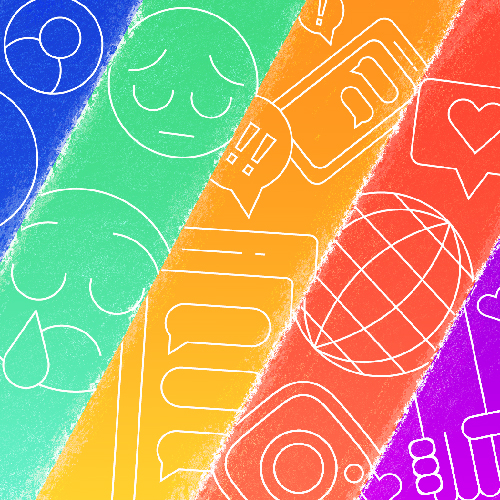
Traditional bullying forced its way onto the web in the 1990s with the advent of affordable personal computers. Since then, classmates (and even strangers) have subjected children and teens to cyberbullying in public chatrooms or on private messaging platforms. The web’s anonymity provided the perfect cover for a user to harass or intimidate others without many repercussions.
It’s easy to assume that online teasing isn’t as harmful as in-person bullying, but that certainly isn’t the case. And although several US states have enacted laws in recent years to regulate teen cyberbullying, the wider-reaching effects can be harmful or even deadly. In this post, we trace the history of cyberbullying and how the issue has evolved so that you can be better prepared to help protect your kids from being bullied online.
Cyberbullying On the Books
In response to the 1999 Columbine school shooting, states began to pass anti-bullying laws. Some of these laws included cyberbullying as an offense, but many did not. Cyberbullying was brought to the mainstream after online harassment resulted in multiple teen suicides. One of the earliest cases occurred in 2007 when 13-year-old Megan Meier died by suicide after neighbors created a fake Myspace profile under the name “Josh Evans” to harass her. A federal grand jury found the perpetrators guilty of conspiracy and unauthorized computer use, but they were later acquitted. Meier’s case spurred her home state of Missouri to pass an anti-harassment law encompassing acts of cyberbullying.
The Internet Gets Mobile
Cyberbullying hit its stride in the mid-2000s when smartphones became the newest must-have piece of technology. Teens could now share text messages and photos with unprecedented ease. An 18-year-old named Jessica Logan killed herself after her boyfriend sent nude photos of her to teenagers in at least seven Ohio high schools. Logan was then relentlessly cyberbullied through Myspace and text messages. A year later, in a nearly identical case, a 13-year-old named Hope Sitwell killed herself after her boyfriend sent a nude photo of her to students in six high schools in Florida. Both deaths resulted in lawsuits against the schools as well as new state cyberbullying laws.
Going Viral
Today, we're past the history of cyberbullying, but cyberbullying occurs on countless social media platforms and apps. A 10-second Snapchat post can jump platforms and then go viral on Facebook, Instagram, and Twitter in a matter of hours. Anyone in the world can view and comment on public videos posted on YouTube. In 2010, a Rutgers University student named Tyler Clementi jumped off the George Washington Bridge after his roommate live-streamed a video of Clementi kissing another man on Twitter. A federal cyberbullying law passed in 2012 bears his name.
That same year, a Canadian teenager named Amanda Todd killed herself a month after posting a video entitled, “My story: Struggling, bullying, suicide, self-harm” to YouTube. Todd’s video, viewed more than 17 million times, explained how a stranger convinced her to show her breasts on camera and then blackmailed her with these photos. The stranger posted the picture on social media and used it as the profile pictures for fake accounts he used to befriend Todd. A week after her death, Canada began drafting national anti-bullying legislation.
What You Can Do After Learning About the History of Cyberbullying
These cases illustrate how cyberbullying continuously evolves with new technology. It’s imperative for families and friends to recognize the signs of cyberbullying and self-harm and give much-needed support to victims. The first step parents can take is to have an open and honest line of communication with your children. Talk through the history of cyberbullying and what it looks like now. The technology conversation is ongoing and constantly evolving, and speaking regularly about important issues like cyberbullying, sexting, and online predation is important.
Read more
Bark helps families manage and protect their children’s digital lives.





